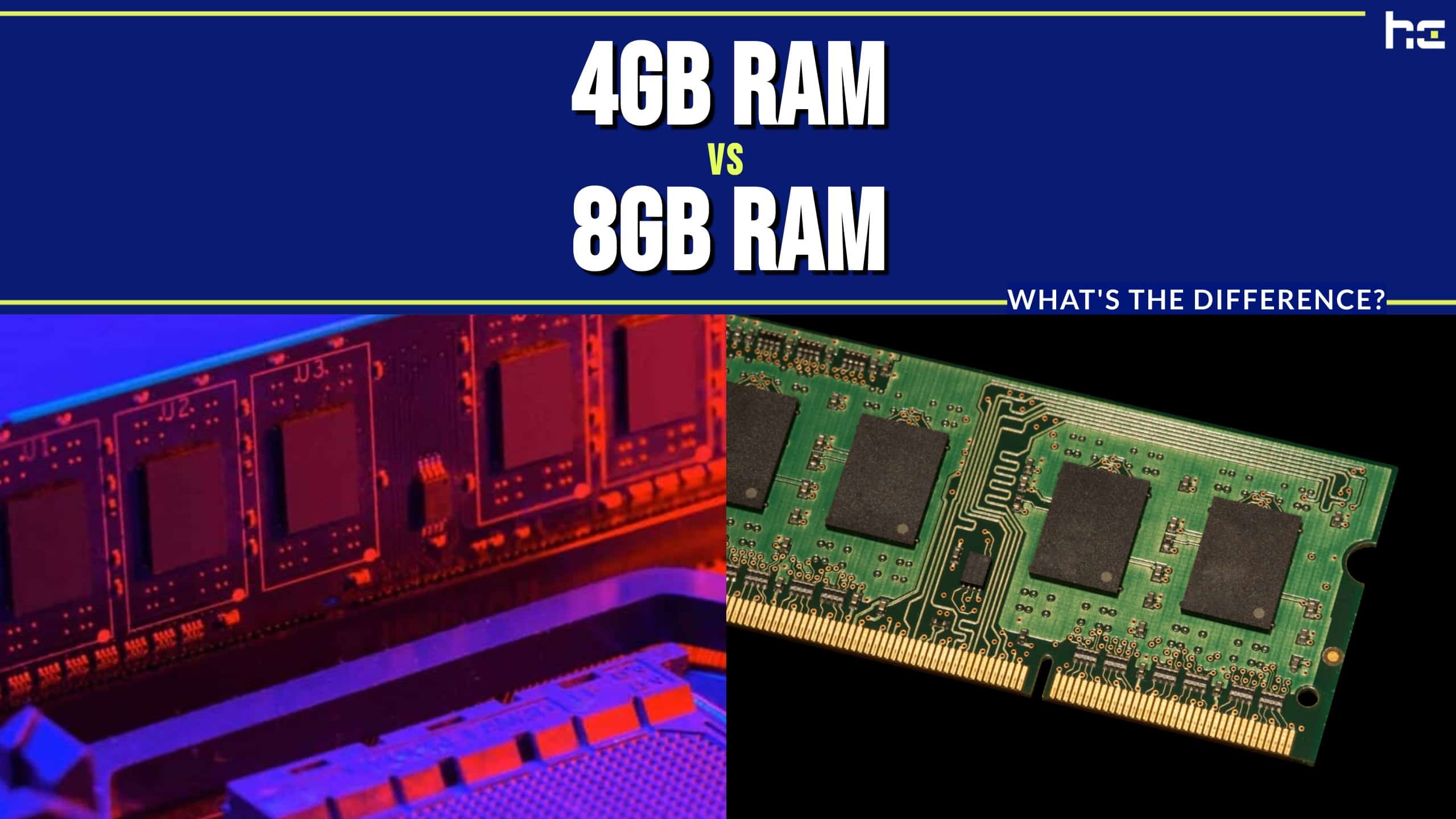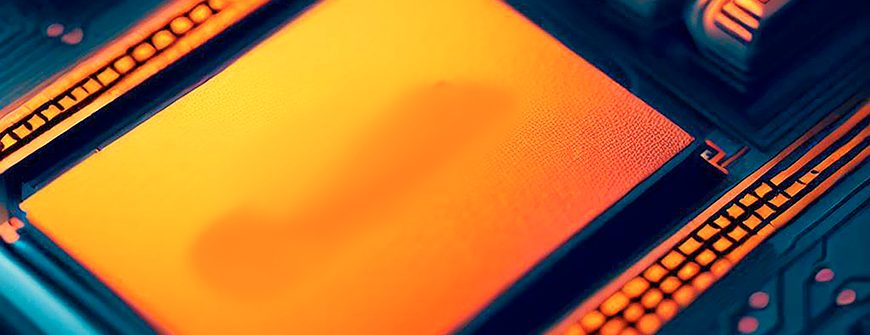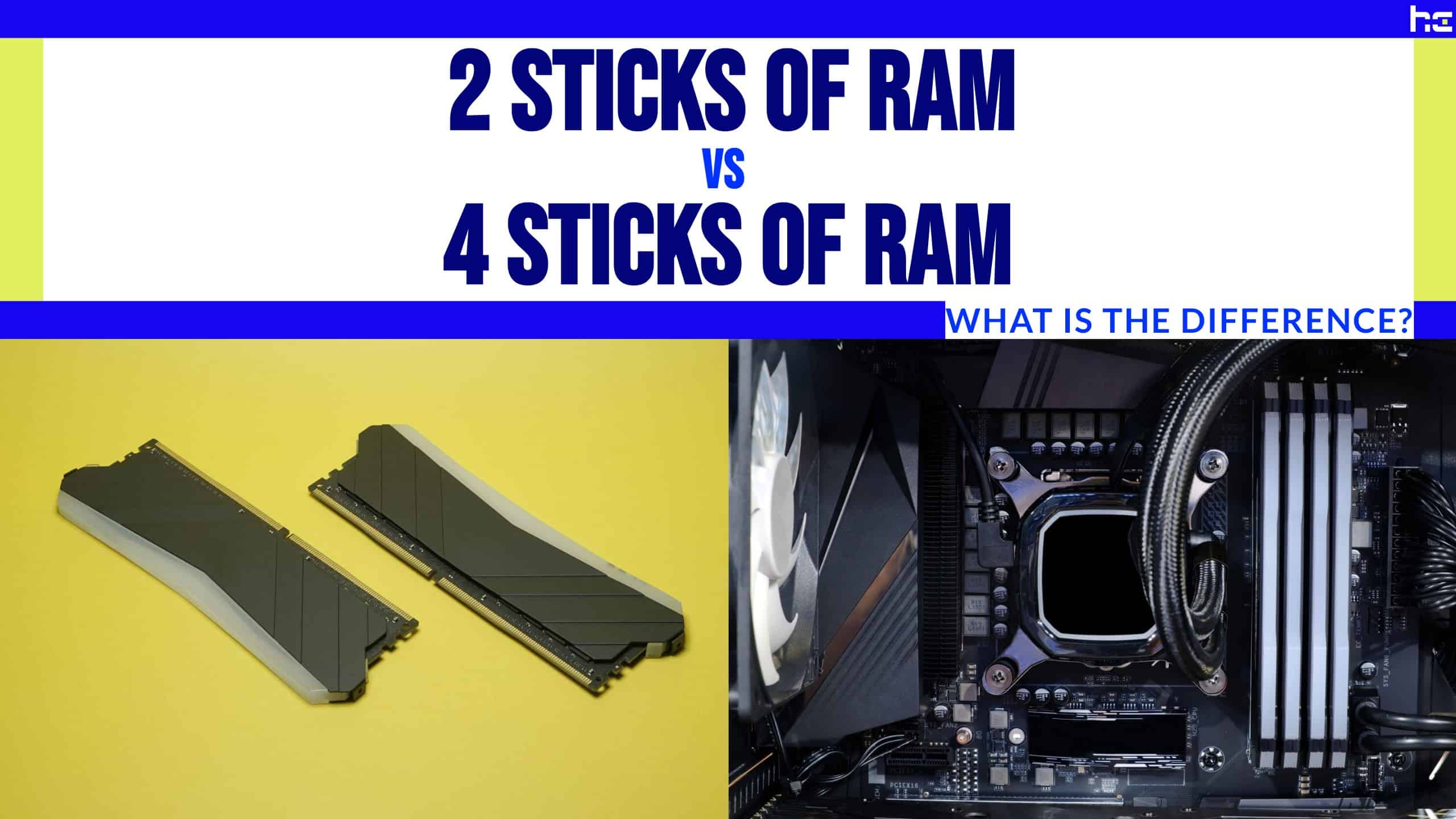RAM, or random access memory, is used for storing data temporarily for the CPU. VRAM, or video random access memory, specifically stores graphics data for the GPU.
Understanding the difference between RAM and VRAM is crucial for optimizing your system’s performance. RAM is a fast-read/write memory that the CPU uses to store data that’s actively being processed. On the other hand, VRAM is dedicated solely for the GPU to handle high-speed data requirements for rendering graphics.
Both RAM and VRAM are essential for a computer’s smooth operation, but they serve different purposes. We’ll delve into the distinctions between the two and examine their respective roles in enhancing your system’s capabilities. Let’s explore the nuances of RAM and VRAM to gain a better understanding of their significance in computing.
Ram
RAM, which stands for Random Access Memory, is a vital component in any computing device. It is responsible for temporarily storing data and instructions that the CPU needs to perform tasks. In simpler terms, RAM serves as the short-term memory of the computer, providing quick access to the data and programs that are currently in use.
Function Of Ram
RAM plays a critical role in the overall performance of a system. Its primary function is to provide the CPU with fast and easy access to data and instructions that are frequently used. By storing this information in the RAM, the CPU can quickly retrieve it whenever needed, allowing for smooth and efficient operation of the device.
Types Of Ram
There are several types of RAM available, with the most common ones being DDR (Double Data Rate) and SRAM (Static Random Access Memory). DDR RAM is widely used in modern computers, offering higher data transfer rates and improved efficiency. On the other hand, SRAM is known for its faster data access but is more expensive and less dense than DDR RAM.

Credit: history-computer.com
Vram
VRAM, short for video random access memory, is a specialized type of memory used to store graphical data. Unlike regular RAM, which is used for general system operations, VRAM is exclusively dedicated to handling the visuals on your display, making it an essential component for high-performance graphics processing.
Function Of Vram
VRAM functions as a buffer between the GPU and the display, storing the graphical data that will be rendered on the screen. Its unique architecture allows for rapid access to large amounts of data, enabling seamless rendering of high-resolution images and smooth video playback.
Importance In Gaming
VRAM plays a crucial role in gaming, as it directly impacts the visual quality and performance of games. Higher VRAM capacity allows for the storage of more textures, shaders, and other graphical assets, resulting in enhanced visual fidelity and smoother gameplay. In modern gaming, with increasingly complex and detailed graphics, ample VRAM is essential for achieving optimal performance and visual immersion.
Differences Between Ram And Vram
When it comes to understanding the inner workings of a computer system, it’s important to distinguish between various types of memory. Two key components that play a crucial role in system performance are Random Access Memory (RAM) and Video Random Access Memory (VRAM). While both types of memory are essential for a computer to function properly, they have distinct differences in terms of memory usage, speed, and cost.
Memory Usage
RAM and VRAM, despite serving different purposes, share a common function when it comes to memory usage. RAM is a general-purpose memory that stores data and instructions that the processor needs to access quickly. It holds temporary data, such as operating system files, open software applications, and user-generated content.
In contrast, VRAM is a specialized type of RAM that is dedicated to rendering and displaying high-definition graphics and videos. It acts as a buffer between the CPU and graphics card, storing textures, frame buffers, and other graphical assets that allow smooth and realistic visual experiences.
Speed
The speed at which data can be accessed and transferred is another crucial factor to consider when comparing RAM and VRAM. RAM is designed to provide fast access to data, allowing for quick execution of programs and tasks. The speed of RAM is expressed in terms of megahertz (MHz), indicating the number of million cycles per second it can perform.
On the other hand, VRAM is optimized for rapid image rendering and display. It is specifically designed to handle the immense amounts of data required by graphics-intensive applications and high-resolution displays. VRAM’s speed is typically measured in gigabits per second (Gbps), reflecting its ability to transfer large amounts of data to the graphics card swiftly.
Cost
When considering the cost factor, it’s important to note that RAM and VRAM are priced differently due to their distinctive functions and specifications. RAM is generally more affordable compared to VRAM, as it is commonly used across a wide range of devices, including computers, laptops, and smartphones. The cost of RAM is influenced by factors such as capacity, speed, and manufacturer.
In contrast, VRAM is typically more expensive due to its specialized nature and higher performance requirements. It is predominantly used in gaming PCs, workstations, and graphics-intensive systems. The cost of VRAM depends on variables such as capacity, bandwidth, and the specific technology implemented, such as GDDR5 or GDDR6.

Credit: www.purestorage.com
Credit: www.quora.com
Frequently Asked Questions For Whats The Difference Between Ram And Vram
What Is The Difference Between Ram And Vram?
RAM (Random Access Memory) is a type of computer memory that is used to temporarily store data that can be quickly accessed by the processor. VRAM (Video Random Access Memory), on the other hand, is a type of RAM specifically designed for storing graphics data.
While both types of memory serve a similar purpose, VRAM is optimized for handling video and image data, making it crucial for gaming and graphics-intensive applications.
How Does Ram Affect Performance?
RAM plays a crucial role in a computer’s performance. More RAM allows for smoother multitasking as it provides the necessary temporary storage for running applications and data. When the available RAM is low, the computer may start to use virtual memory, which can slow down the system.
Therefore, having sufficient RAM can lead to faster program execution, faster data access, and an overall smoother user experience.
Why Is Vram Important For Gaming?
VRAM is essential for gaming because it stores the textures, shaders, and other assets that the graphics card needs to render images on the screen. The more VRAM a graphics card has, the more data it can store, allowing for higher resolutions, better texture quality, and improved frame rates.
Having sufficient VRAM is particularly crucial for running modern games that have demanding graphics requirements. Without enough VRAM, a game may stutter or not run properly.
Conclusion
Understanding the difference between RAM and VRAM is crucial for individuals seeking optimal performance in their devices. While RAM handles general tasks and data storage, VRAM specializes in handling and processing graphic-intensive operations. By adequately allocating and upgrading these memory components, users can enhance their device’s overall speed, responsiveness, and graphic capabilities.
So, next time you consider upgrading your device, remember the importance of both RAM and VRAM in optimizing its performance.


